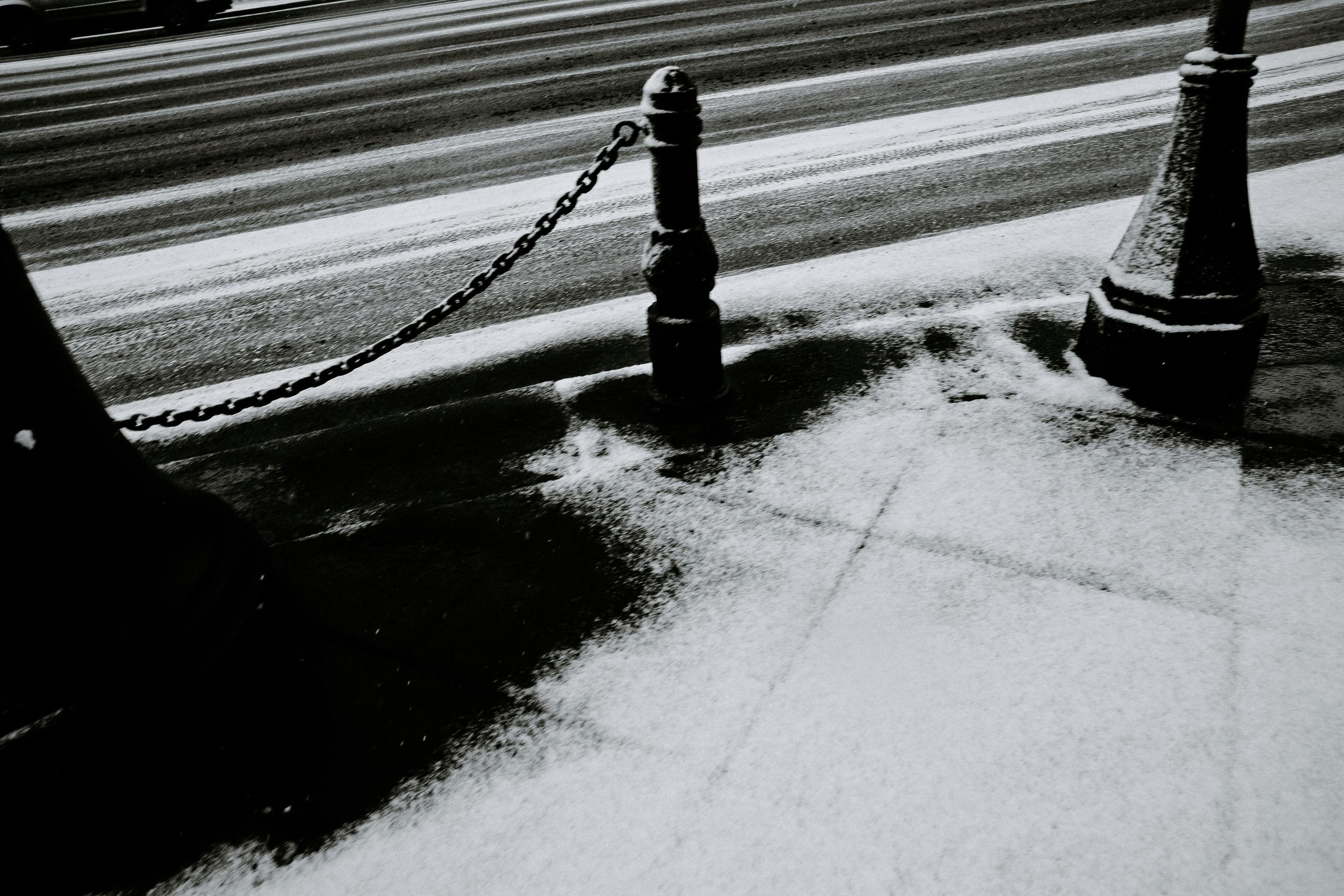Understanding Image SEO and Yoast: The Confusion Surrounding Image URLs
When it comes to optimizing your website’s images for search engines, there’s a lot of information floating around. One topic that frequently surfaces among WordPress users is the role of Yoast in image SEO, specifically concerning image URLs in sitemaps.
Recently, I found myself contemplating a particular aspect of this: why does Yoast report the number of images without providing their corresponding URLs? As someone who is keen on enhancing image SEO, ensuring that images are effectively listed in my sitemap is a top priority.
Currently, I’ve selected to enable only the Post and Page sitemaps for my site, as the Attachment sitemap does not include images from pages—a feature I believe would be more beneficial to my seo efforts. Due to this limitation, I decided to disable the Attachment sitemap.
Interestingly, Yoast’s documentation indicates that image URLs should ideally be included in the sitemap via the <image:loc> tag. However, this doesn’t seem to be the case for many users, including myself. It raises an essential question about the effectiveness and reliability of image sitemaps with Yoast.
I’m reaching out to the community – does anyone have insights or experiences to share regarding image seo and how image sitemaps function with Yoast? Any tips or workarounds would be greatly appreciated as I navigate this somewhat confusing terrain!


2 responses to “How come Yoast lists image counts without offering the URLs?”
It’s great to see you’re taking the initiative to improve your image SEO—an often overlooked aspect of website optimization! Your question regarding Yoast’s functionality and its handling of images in sitemaps is a common one, and there are effective approaches to consider.
Understanding Yoast’s Image Sitemap Capabilities
Yoast SEO plugin indeed has features that can assist with image optimization, but understanding its limitations is key. The reason you may not see
<image:loc>tags in your sitemaps as expected could stem from how Yoast processes images. It often restricts the inclusion of image URLs to certain content types, primarily focusing on the images associated with attachments (media uploads) rather than those embedded within pages or posts.Practical Steps for Improving Image SEO
Use the Right Captions and Alt Text: Ensure you’re providing descriptive alt text for all images. This not only enhances accessibility but also helps search engines understand the content of your images. Use keywords related to your images but avoid keyword stuffing.
Optimize Image File Names: Renaming your image files to be descriptive and keyword-relevant before uploading them can also support your SEO efforts. For example, “blue-sky-sunset.jpg” is more informative than “IMG_1234.jpg”.
Leverage Yoast’s Features Effectively: Although you mentioned disabling the Attachment sitemap, you might want to reconsider. The Attachment sitemaps can include images and help search engines index them better. Ensure your media settings are configured to allow attachment display correctly. This may involve looking into individual image attachment pages in WordPress.
Check Your Media Library for Missing Images: Go through your Media Library to ensure all images are properly added with metadata. Sometimes, images might not show up in the sitemap if they’re not attached to a post or page.
Consider Additional Plugins: If Yoast’s image sitemap functionality isn’t meeting your needs, you might explore additional plugins that specifically focus on enhancing your media SEO. Plugins like “Image Sitemap” or “Google XML Sitemaps” can provide additional control over how images are included in your sitemaps.
Regular Updates and Sitemap Resubmission: Lastly, after making changes or adding images, ensure you update your sitemap and resubmit it to Google Search Console. This helps in crawling and indexing your updated content more quickly.
Final Thoughts
Enhancing your image seo is a multifaceted process, and while tools like Yoast are incredibly helpful, they may not cover every base. By following the practices outlined above, you can bolster your image seo strategy and potentially improve your site’s visibility in search results.
If you continue to face challenges, consider reaching out to the Yoast support team or community forums where users often share their experiences and solutions. With the right tweaks and strategies in place, you’ll be on your way to maximizing your image visibility online. Good luck!
Thank you for bringing up this important topic! The absence of image URLs in Yoast’s sitemap can indeed create confusion, especially for those of us focusing on maximizing image SEO. One reason why Yoast may report just the image count without URLs could be due to a focus on the overall structure and content of the website rather than individual image optimization, which can be slightly more granular.
However, for users who want to ensure that images are properly indexed, consider a few possible workarounds. First, if you are not seeing URLs in the sitemap, double-check that the images are properly attached to the posts or pages. Sometimes, if images are uploaded directly to the media library without being linked to a post, they might not get picked up correctly in the sitemap.
Additionally, you might want to explore using a different plugin for image SEO. Plugins like “Google XML Sitemaps” specifically mention support for image URLs in their documentation, which could complement Yoast effectively.
Lastly, don’t forget that including relevant alt tags and ensuring quick loading times for your images can significantly enhance your overall SEO strategy. Engaging in forums or support groups dedicated to WordPress seo could also yield insights that help you navigate these complexities. It’s a shared journey, and leveraging community experience is invaluable!
Looking forward to hearing more thoughts from others on their experiences with image optimization in Yoast!